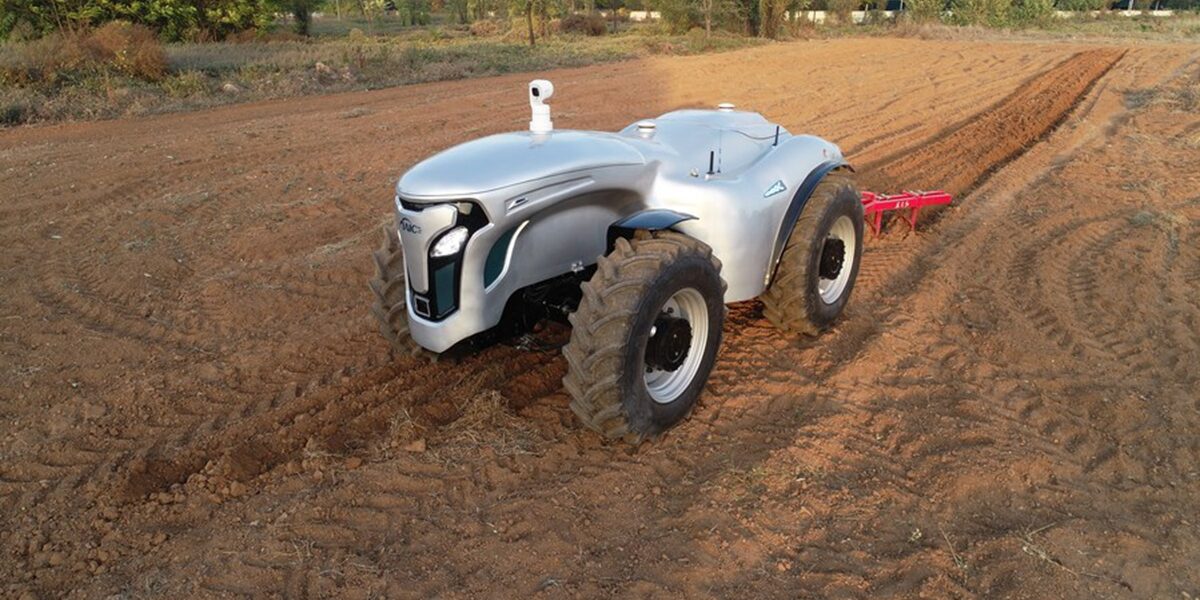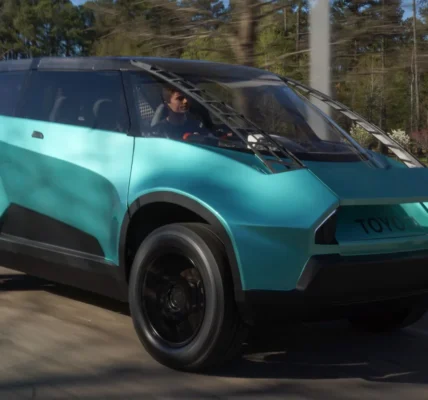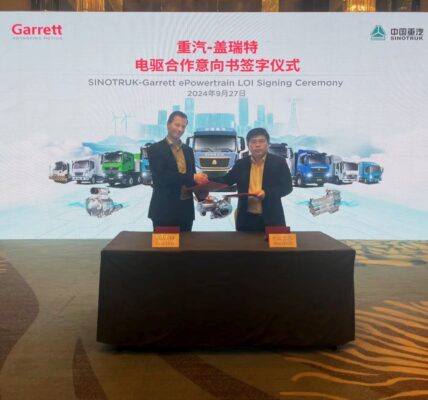China’s electric farm tractor market is still in its early stages of development, but there are signs of growth and potential for future expansion. The electric farm tractor market in China is forecasted to grow at a CAGR of 11% from 2023 to 2028.
Electric farm tractors have gained popularity in China due to several driving factors. The Chinese Government has been promoting the use of electric vehicles, including electric farm tractors, as part of its efforts to reduce pollution and dependence on imported oil. The Government also provides financial incentives for purchasing electric farm tractors and has set targets for the number of electric vehicles to be sold in the country.
Moreover, the demand for sustainable agriculture practices has been increasing in China, as people have become more aware of the environmental impact of conventional farming methods. As a result, the demand for electric farm tractors has been growing steadily in China, with farmers seeing electric tractors as a more sustainable alternative to traditional tractors. The farmers also realize the cost-saving benefits of electric tractors as they have lower operating costs.
In spite of a steady growth rate, there are several barriers to adopting electric tractors in China. The major barrier is the higher initial cost of an electric tractor, especially for small-scale farmers. In addition, the infrastructure for charging electric tractors is still underdeveloped in many parts of China. This can make it difficult for farmers to access reliable and convenient charging facilities, especially in rural areas.
Moreover, the limited range and battery life of electric tractors is problematic for farmers who need to cover large distances or work long hours. Many farmers in China are not yet familiar with the benefits of electric tractors or are unaware of their availability. This has resulted in a lack of demand for electric tractors and slow adoption rates.
To increase the adoption of electric tractors in China will require a combination of government policies, infrastructure development, awareness campaigns, and efforts to lower the cost of electric tractors.







